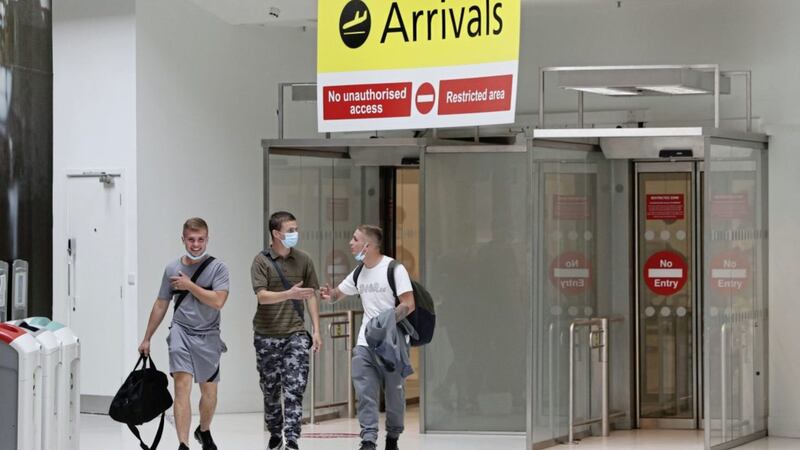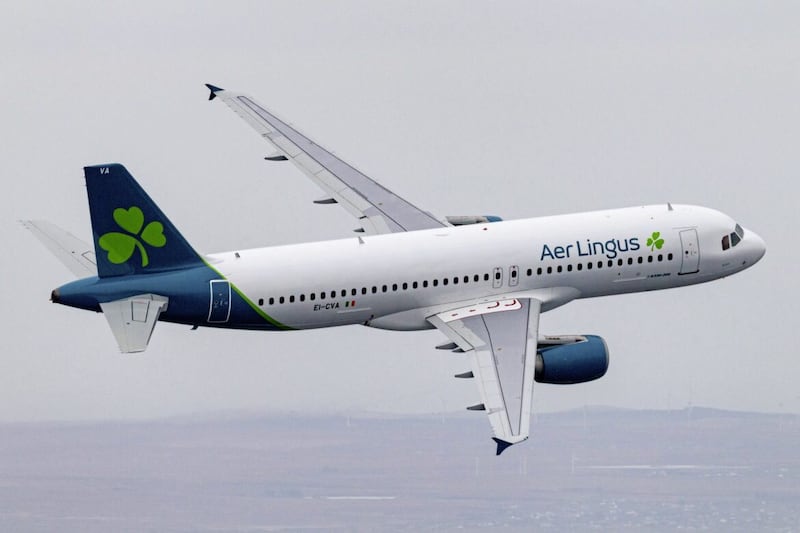PASSENGER numbers at Belfast City Airport continued to decline even before the collapse of Flybe in March, new results published on Wednesday show.
The volume of passengers dropped in 2019 for the fourth successive year to 2.457 million, some 54,000 down on 2018.
Revenues did rise over the same period by 2.4 per cent to £22.6 million for the year ending December 31 2019, but the airport’s operational profit took an eight per cent hit, falling from £3.25m to £2.99m.
The airport said higher revenues were more than offset by higher costs, particularly with increased IT security and airline marketing.
The results represent the third full year of trading since the operation was acquired by investment group 3i at the end of 2016.
The accounts also cover the final 12 months of the airport’s former anchor tenant Flybe, which collapsed in March 2020.
The north’s three main airports remain in recovery mode after Covid-19 decimated the aviation industry in April 2020.
Belfast City Airport was effectively left as a Heathrow operation during the key lockdown months. It was still operating at just 9 per cent normal capacity in July.
But the airport has managed to restore the former Flybe routes through a number of regional airlines. It received a significant boost in August when Aer Lingus Regional announced a new base at the airport and six new routes to Britain.
The airport’s chief executive Brian Ambrose said his executive team had worked tirelessly to attract new airlines despite the adverse trading conditions.
“We have now backfilled the entire Flybe route network with new airline partners including Loganair, Aer Lingus Regional and Eastern Airways.
“We will continue to work with all airline partners including British Airways, Aer Lingus and KLM to build capacity when demand for air travel fully recovers.”







